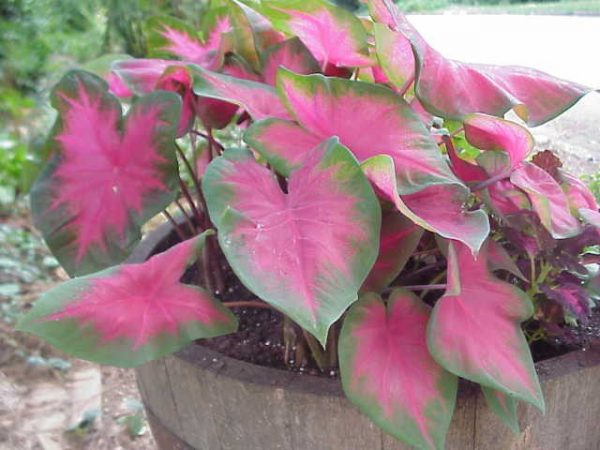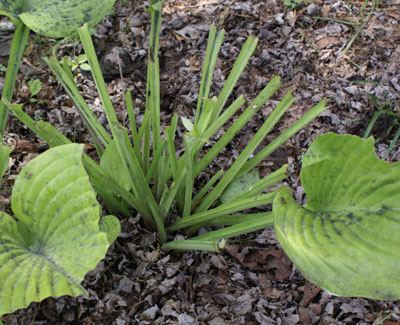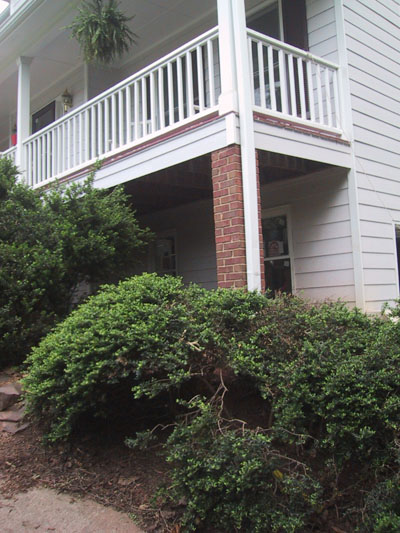Soil Temperature – Monitoring

My son and I had just arrived the first day at our ski hotel and were preparing for dinner. “Daddy – I don’t feel so good.” he murmured. I put my lips to his forehead to check his temperature. My dreams of a great father-son ski vacation came crashing to a halt. He had a fever of 101 degrees.
I gave him some medicine and resigned myself to reading books and making chicken soup in our hotel room for the next four days.
Next morning, he bounded out of bed and shouted “C’mon, Dad, I’ll race you to the lift!”. Fearing he was in the throes of a feverish delusion, I checked his temperature. It was 98.6 degrees on the dot and he felt great. In fact, great enough to beat me to the lift that morning and down the slopes for the rest of our stay.
Just as they do on our vacations, temperatures determine many outcomes in our gardens. Flowers won’t bloom and seeds won’t germinate without warmth. Peach trees won’t produce fruit without proper chilling. Currently, I can think of two landscape situations that are directly affected by soil temperatures. Knowing approximately how warm your soil is might determine success or failure in either chore.
TOO LATE TO APPLY LAWN PRE-EMERGENT?
Summer weeds, like crabgrass, must have several consecutive days of temperatures above 55 degrees before they germinate. If the seed is right on the surface of your soil, it becomes warm quickly. If the seed is buried a bit deeper, it might take weeks before the soil becomes warm enough to initiate the germination process.
To determine if it is too late to apply a weed preventer to your lawn, all you have to know is how warm the soil has been for the last few days. You could use an indoor/outdoor thermometer, inserted with the bulb 1 inch deep, to measure the current soil temperature. A more accurate measurement is available through the Georgia Environmental Monitoring Network.
In Duluth for the last few days, soil temperatures at the two inch depth have hovered in the low fifty degree range. While a few crabgrass seeds have germinated so far this spring, many of them have not. If you spread a pre-emergent today and water it into the soil, it will still provide good weed control. By knowing the soil temperatures in your area, you can determine whether there is still time to keep the weeds at bay.
PLANTING CALADIUMS
Caladiums are old-fashioned bulbs that have become more popular in recent years. Plant breeders have developed varieties that can withstand much more sunshine than previous strains. Leaf colors from deep red to pink to mostly white allow for landscape color throughout the year, without depending on flower blossoms.
Planting caladium bulbs, though, must wait until soil temperatures are above sixty five degrees and preferably above seventy degrees. The bulbs are true tropicals. They are damaged by cool soil temperatures, possibly refusing to sprout at all if you put them out now.
Although they have been in garden center displays for weeks, wait until early May before even considering planting caladiums. You can certainly purchase them now but keep them in a warm, dry closet until the weather really gets hot. Or you could plant your bulbs now in discarded black plastic pots to give them a head start in warm potting soil. Set them out when the leaves are six inches tall.
MORE INFORMATION












